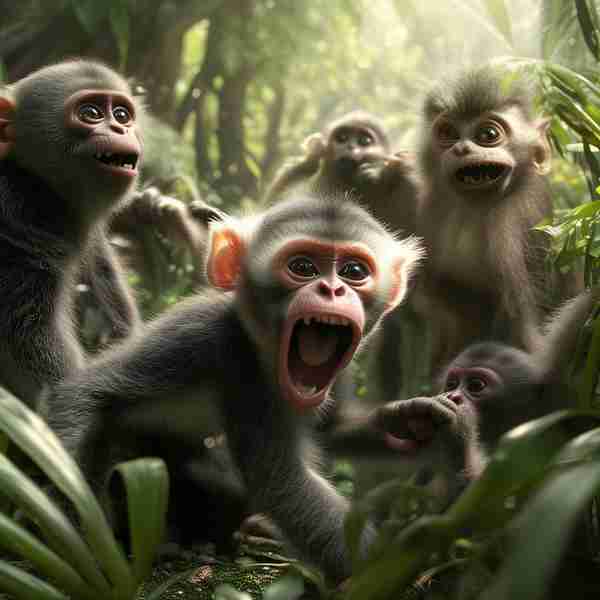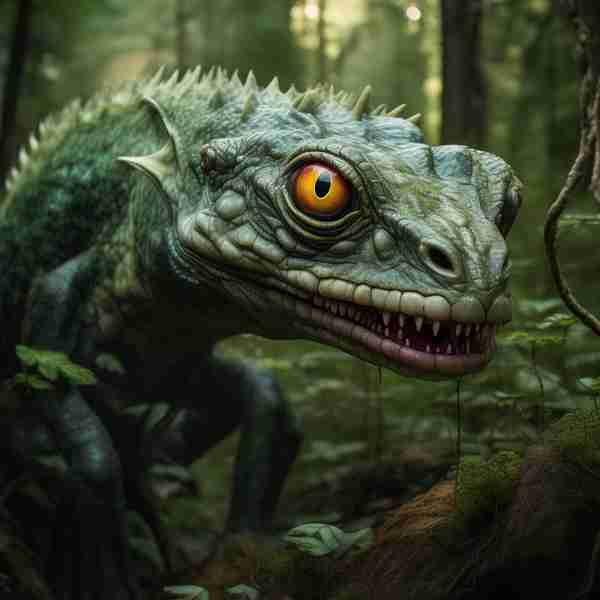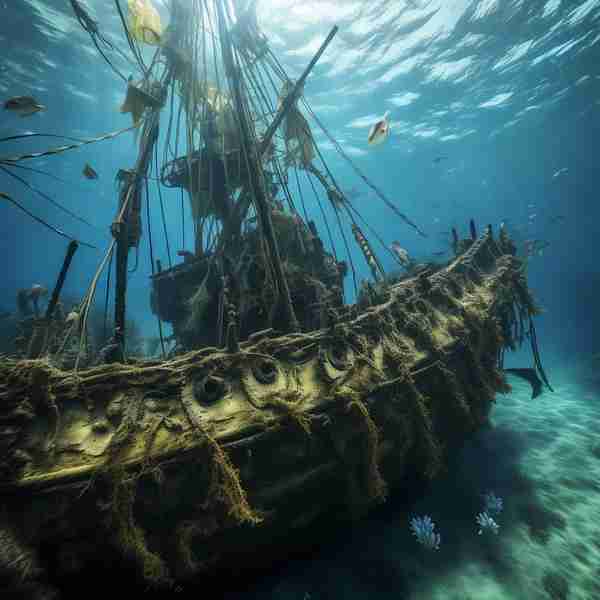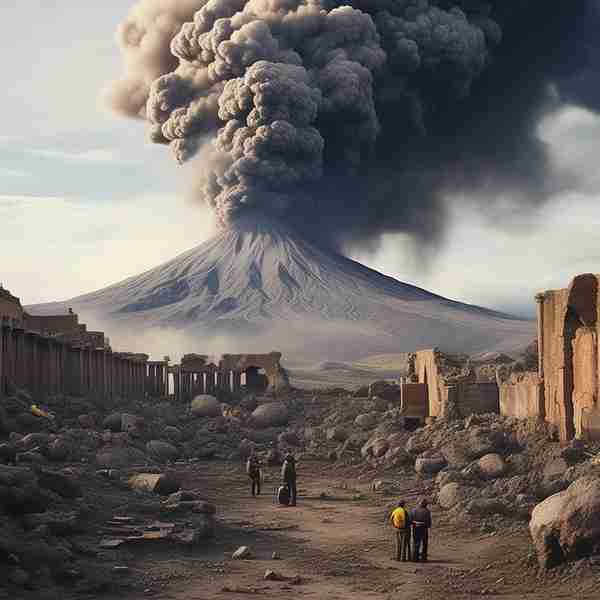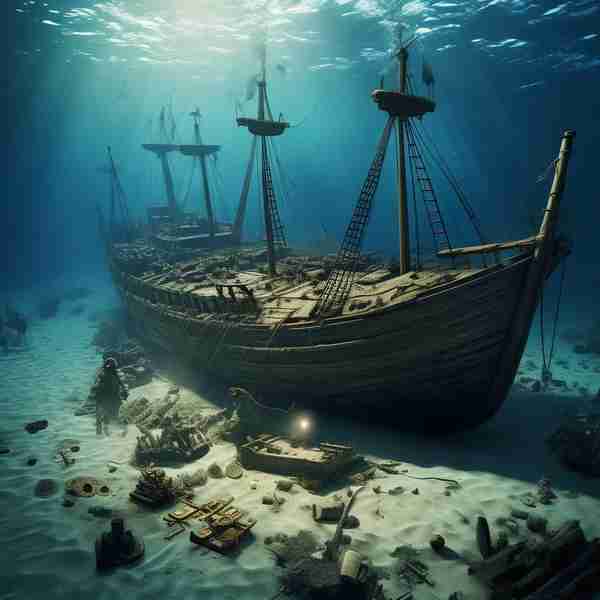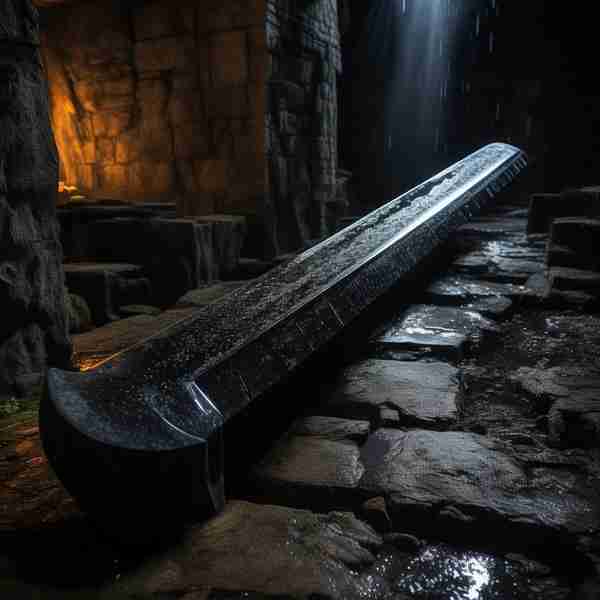Ancient Predator's Third Eye: Evolutionary Marvel?
20-May-2025 Science
The discovery of the ancient three-eyed predator, Mosura fentoni, challenges our understanding of early life evolution, highlighting the complexity and diversity of ancient ecosystems.
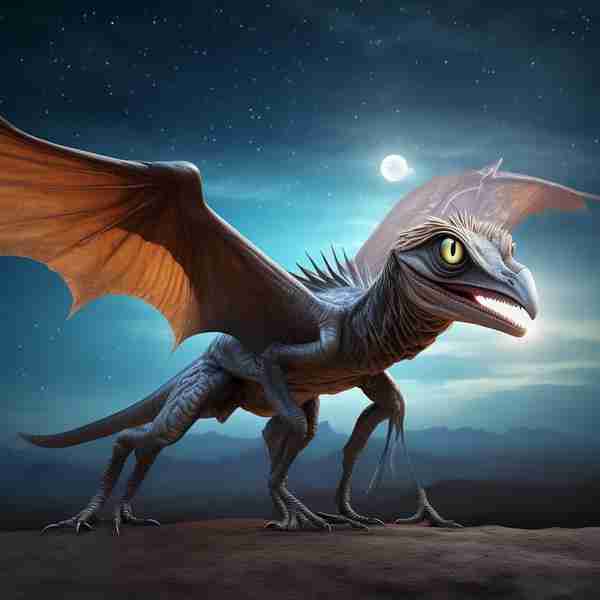
Identity of the Three-Eyed Predator
The discovery of the remains of a 506-million-year-old predator referred to as a "sea moth" with an exceptional ability of having a third eye makes this "sea moth" stand out in paleontology. This extraordinary prehistoric living organism, Mosura fentoni, is a metaphor for the intrepidness of nature, being that it has nothing similar to it in today's world, which leads to discussions and arguments in the academic community.
Special Eye Forms
The most eye-catching characteristic of this dinosaur is its presence of three of the smallest eyes of all animals. The presence of the unique eye structures is thought to have served as the primary adaptive trait, providing the animal a wider field of view and better spatial perception. The finding of this creature has posed a challenge to the current beliefs on the development of vision in other early arthropods.
Settling and Conditions
Mosura fentoni lived in the Cambrian seas, which were known for a remarkable period of evolutionary progress. The weapon claws of this predator, as well as the gill-filled stomach, point to the fact that it was a terrific hunter and navigator in the water. The way it lived and its adaptations tell stories of vast and intricate ecosystems in the Earth of ancient times.
Reasons to Highlight the Discovery
The find of Mosura fentoni's fossils in a part of the world where fossils are in abundance holds precious clues to the past of the arthropod family. It makes us rethink the process through which simple creatures learned to live in specific environments and the role that special characteristics played in their being alive.
Related Reports

